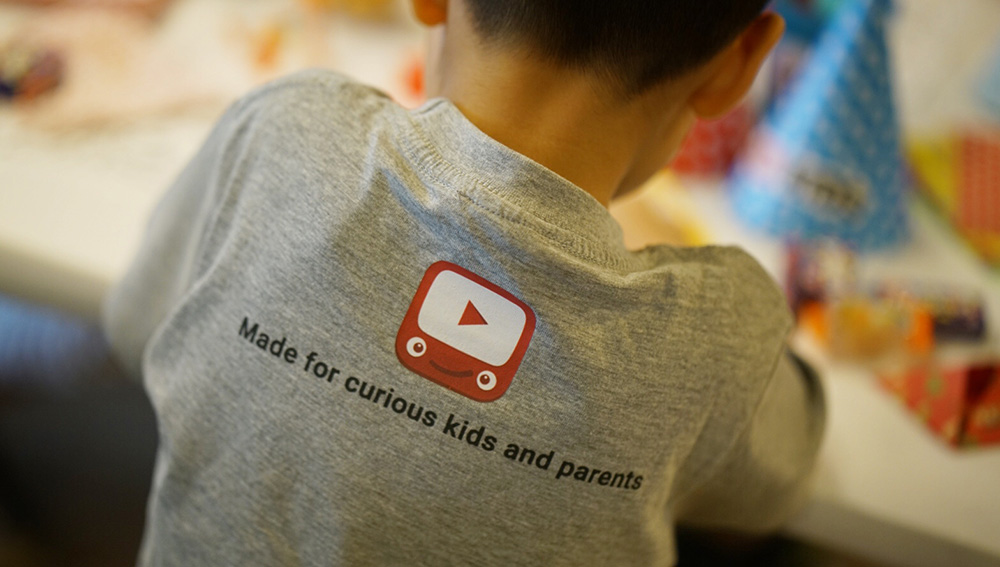The Internet can be a scary place if you’re poking around the wrong places. Due to how content is surfaced for each individual, we experience the same ecosystem in rather varied ways. This effect becomes even more pronounced for users who might be less aware of the pitfalls on the Internet.
For children with access to smartphones and tablets, they may encounter harmful content that places their well-being at risk. Adults, too, are susceptible to scams on the Internet which might appear in a myriad of forms. Thus, in an ongoing battle to keep the Internet pleasant for all, YouTube has established the YouTube Priority Flagger Programme (YTPFP) with key community groups to help make the Internet a safer place, starting with Singapore.
The YTPFP was one of the few initiatives unveiled as part of the Safer with Google event held in Singapore. Broadly, the goal for Google is to continuously promote digital literacy among vulnerable groups in society and equip them with the knowledge to properly tackle malicious online activities like scams, malware, and misinformation.

The YTPFP is a global initiative that involves 300 government and non-government agencies to date to combat harmful content that can put consumers, especially children, in danger.
“To give you a sense of scale, we removed over 6.4 million videos in the first quarter of 2023 for violating our policies, of which more than 93% were flagged by machines,” says Ajay Vidyasagar, Regional Director of YouTube Asia Pacific. “While our automated systems have evolved and become more effective at flagging potentially violative content, multi-sector collaboration can be effective in fighting bad actors online. This is why we started the YouTube Priority Flagger programme.”
Four community groups in Singapore are onboard the YTPFP: Limitless, Samaritans of Singapore Ltd, SG Her Empowerment, and TOUCH Community Services. Candidates from these social service groups have been identified to provide professional expertise to address areas of child safety, suicide and self-harm, cyberbullying and harassment, and other policy verticals included in YouTube’s Community Guidelines. Most importantly, these individuals are well-versed in Singapore’s culture, local pragmatics, and nuances across demographic groups.
Priority Flaggers will receive policy training and have a dedicated channel of communication with the YouTube Trust & Safety Team. They will then have the proper knowledge and skills to identify and discern potentially harmful video content, and directly work with YouTube toward proper actions on these videos.

Within their field of expertise, participants can flag potentially harmful content frequently and accurately, and facilitate ongoing discussion and feedback with YouTube about content areas of concern.
While the system seems like an opportunity for abuse, the content flagged by Priority Flaggers will not be automatically removed or subject to any differential policy treatment. Instead, it will undergo a prioritised process of review for the YouTube team to act on.
Geeks stand to benefit, too. Even if they appear to be more savvy than other demographics, individuals within our community still can fall victim to bad actors in the space.
As it stands, there’s still much work to be done in this space, and the YTPFP is an encouraging first step to improving online safety. Seeking support from partners with specialised knowledge across specific fields, meanwhile, is a logical course of action, and will prove to be a great help as the programme continue to roll out globally.














